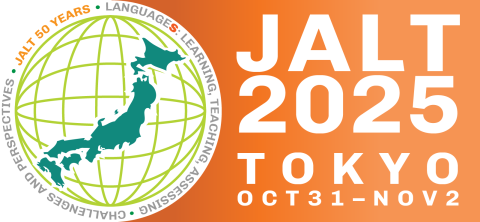When teaching a foreign language, the teacher frequently encounters student
output that is deviant from the norm of the target language. A significant problem
is how to deal with these deviations so that learning is promoted. Many proposals
have been made regarding error correction, but there have been few empirical
studies to support them. Currently, the extent to which error treatment facilitates
learning, if at all, is not clear, and it is even less clear which kinds of treatment
are effective. As a result, many teachers provide their students with error correction
according to their personal beliefs. However, teachers have to deal with various
classroom activities that require different error correction techniques and with
learning differences that lead to a variety of errors. As a result, many teachers
are inconsistent in their error correction practices during classroom activities,
and this confuses students concerning the appropriateness of their utterances.
Consequently, error correction gUidelines are needed for each classroom activity.
The pedagogical focus of classroom activities and the reactions of the corrected
students provide a basis for these guidelines. The former appears easier for
teachers to grasp, while the latter is more complicated and is related to the
students' readiness to be corrected. Anxiety about making errors and being
corrected can have a negative influence on students' learning, but it can also be
eliminated, or at least minimized, when students are ready to be corrected. But
how can teachers prepare students for correction?
One answer can be found in Community language learning (Cll). Cll
suggests that there are five stages of student growth in global proficiency in
the classroom and claims that students at all stages except Stage III are ready
to accept error correction. The same stages are also applicable to the student's
mastery of linguistic items. When a new linguistic item is introduced, the students
need the teacher's full assistance (Stage I). As they practice the new linguistic
item, they gain confidence, although they still need the teacher's assistance
(Stage II). Later, however, they start to reject the teacher's interruption and
assistance (Stage 110.
While communicating among themselves without the teacher's assistance, they
realize they are making some recurring and/or uncorrectable errors and
spontaneously ask for correction (Stage IV). Learners finally master the item but
still need occasional refinement and correction (Stage V). Consideration of both
the pedagogical focus of an activity and the stage that each student has reached
in the process of learning a particular item will provide teachers with guidelines
for more consistent and systematic error correction. Based on these considerations,
this study presents practical proposals for error correction concerning which
errors should be corrected, how errors should be corrected, and who should
correct errors during classroom activities. .


